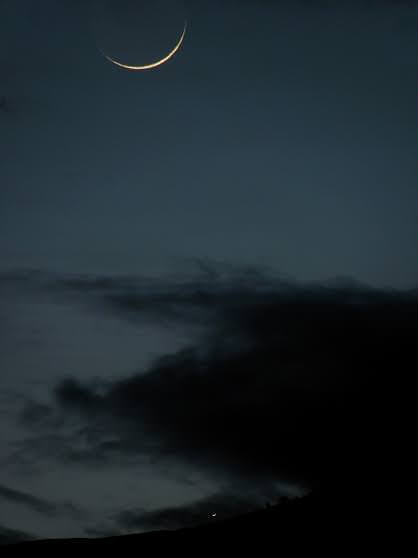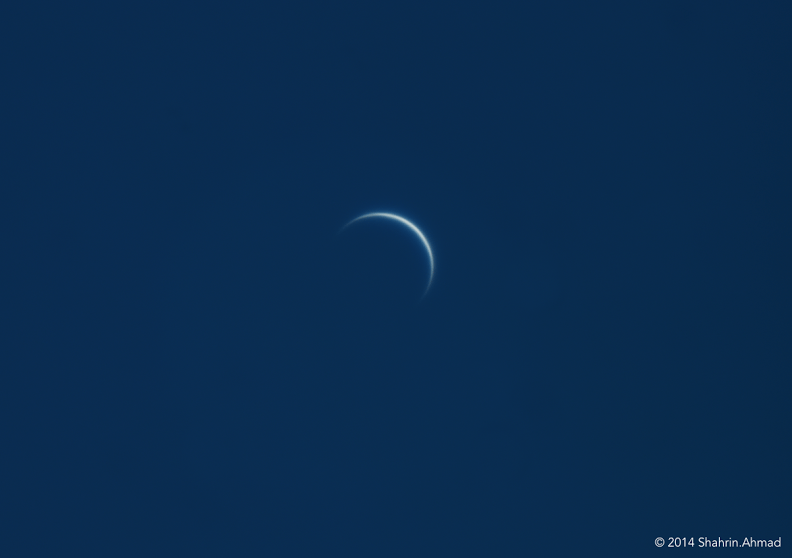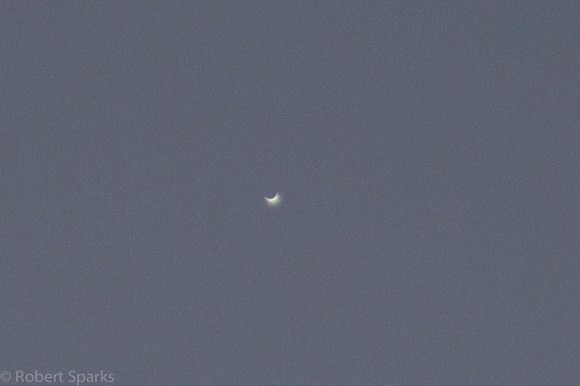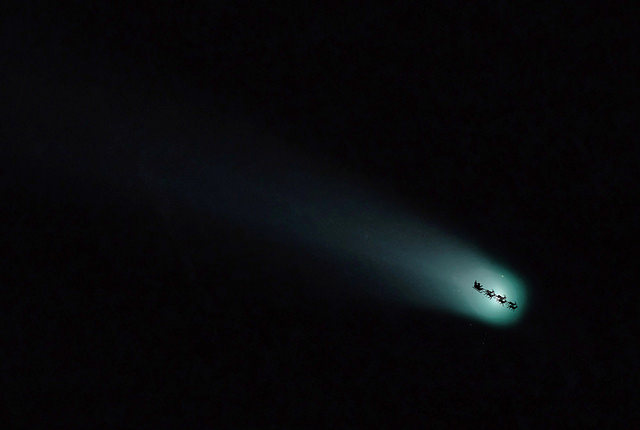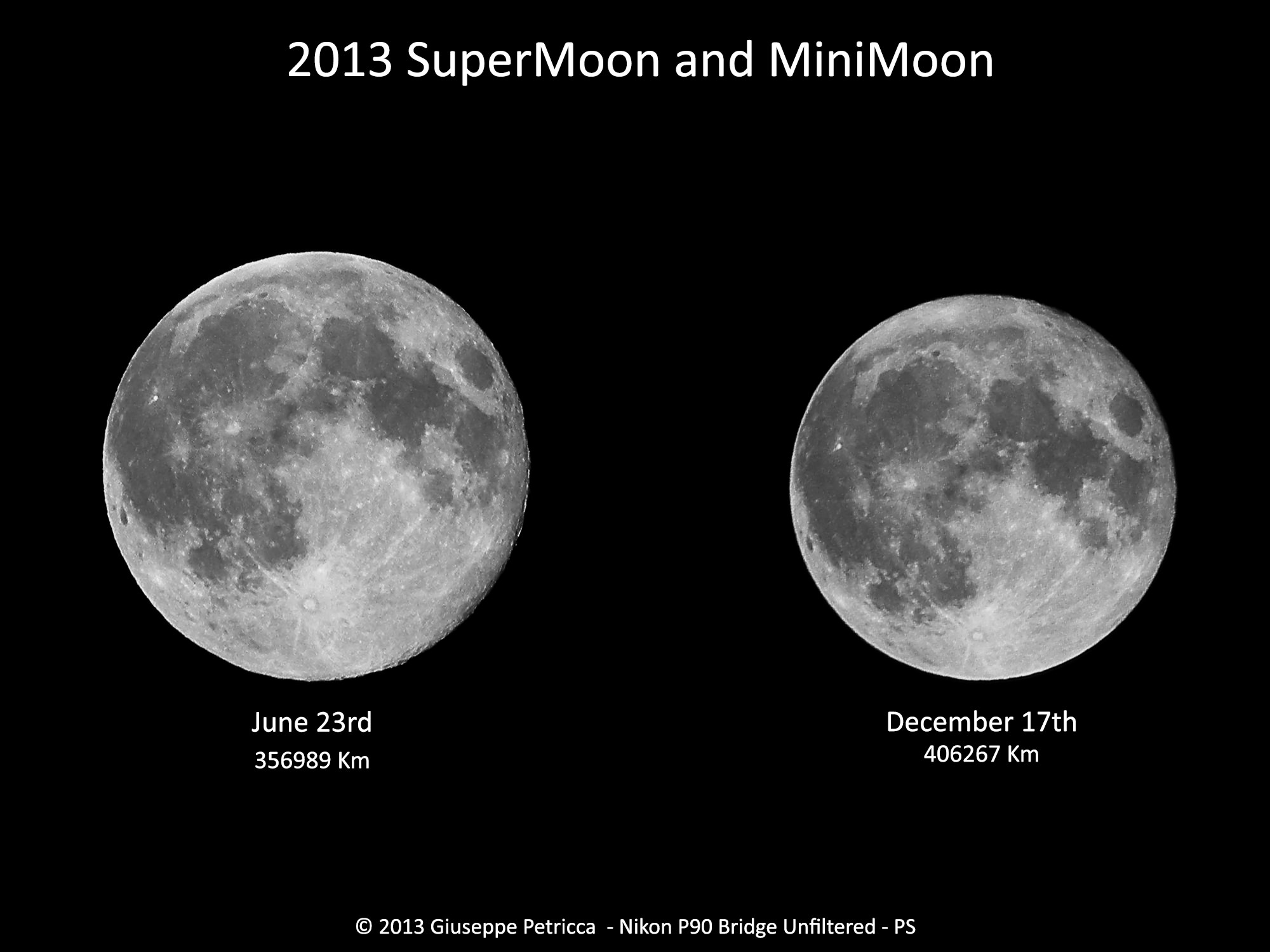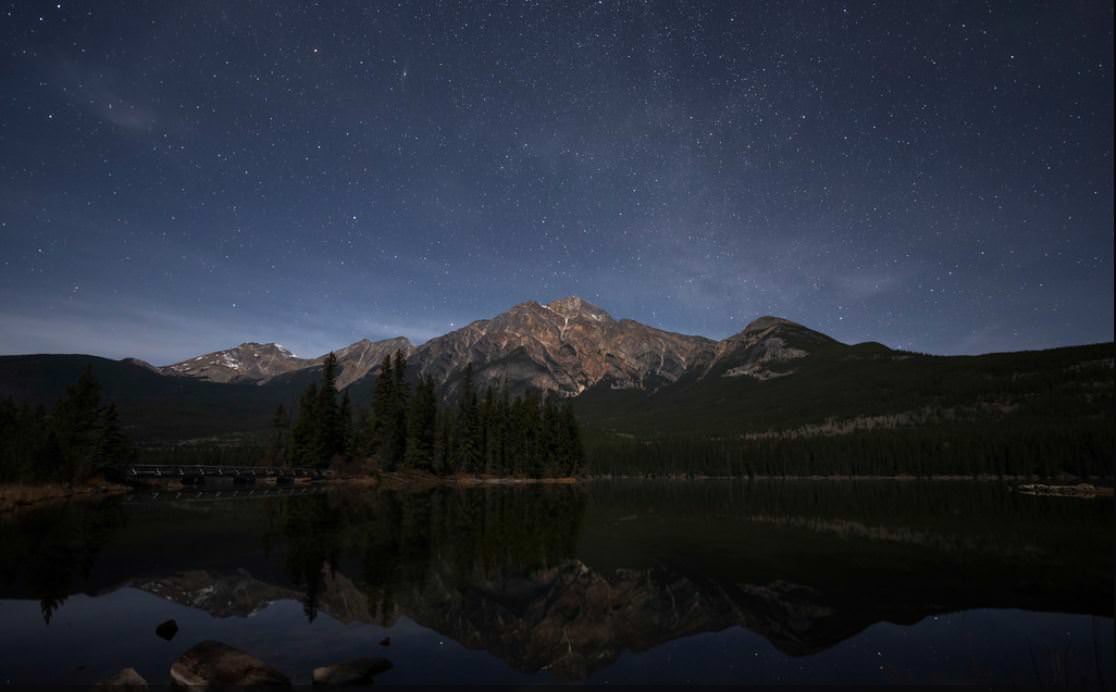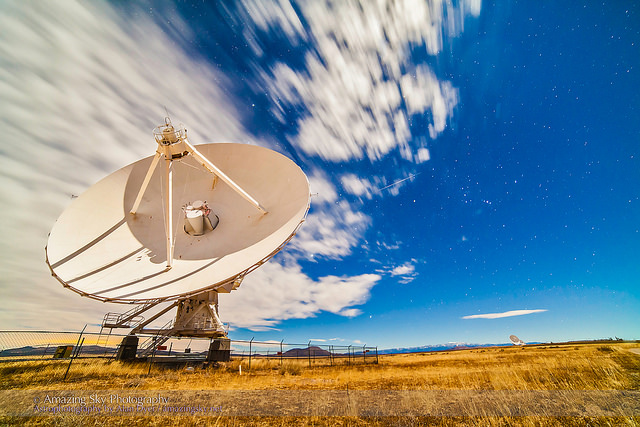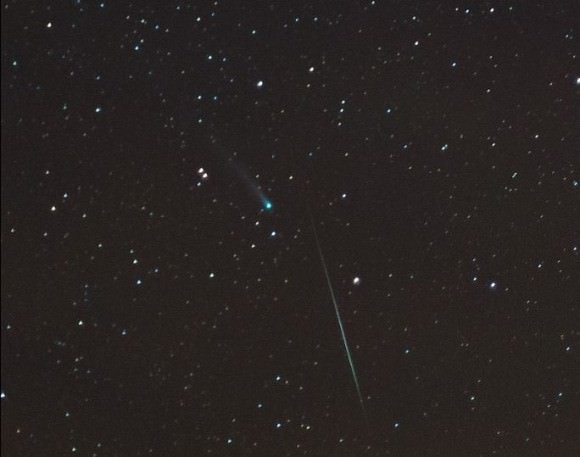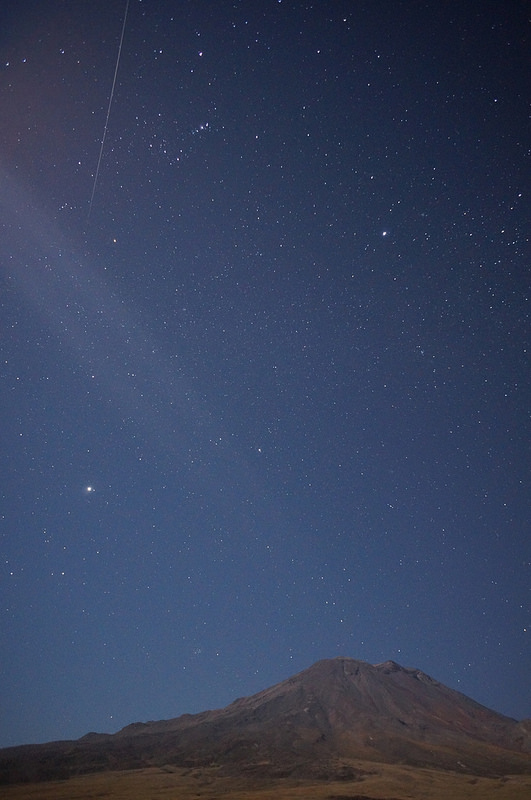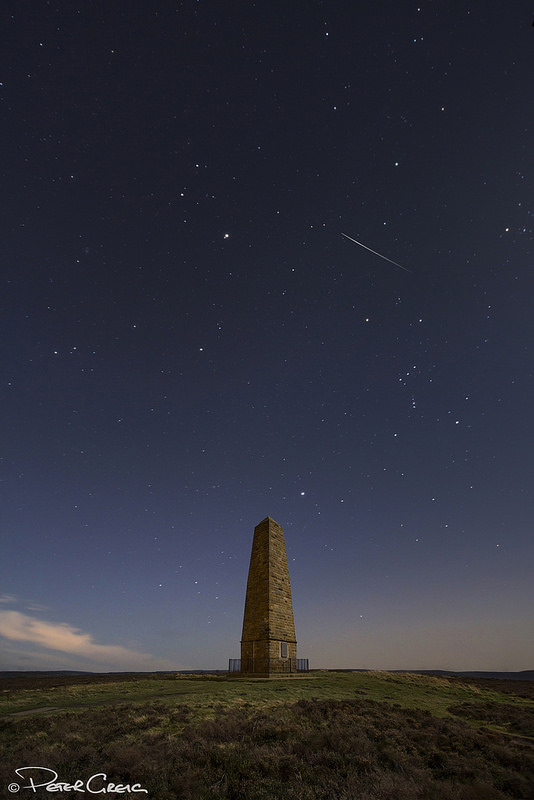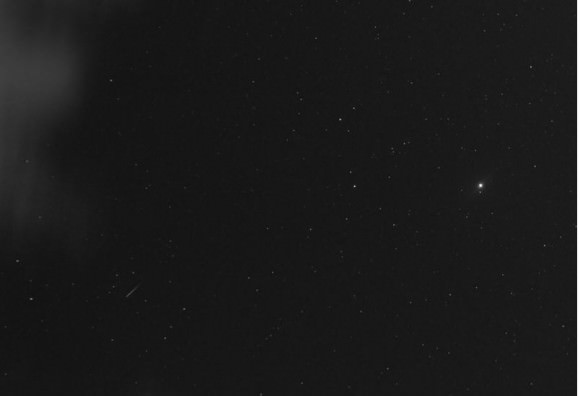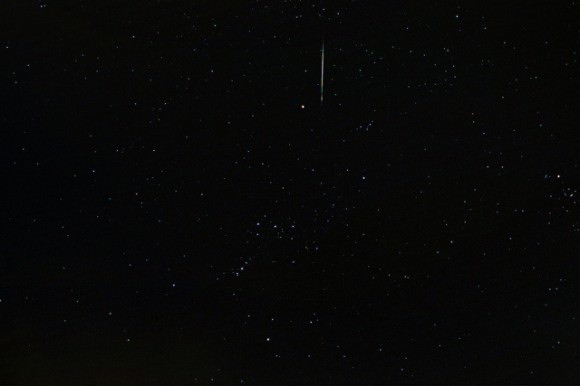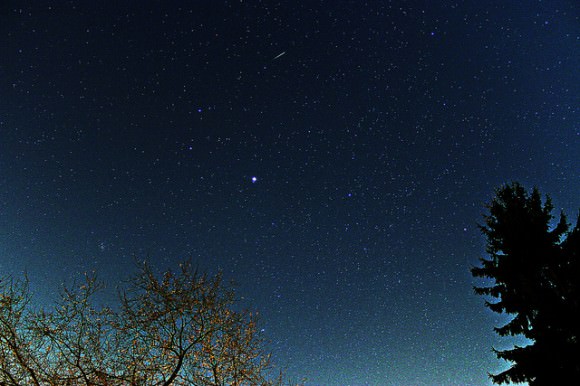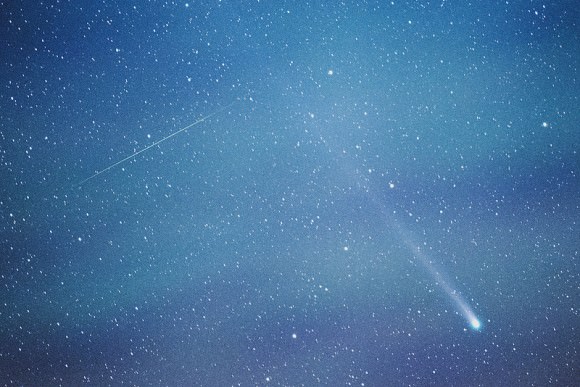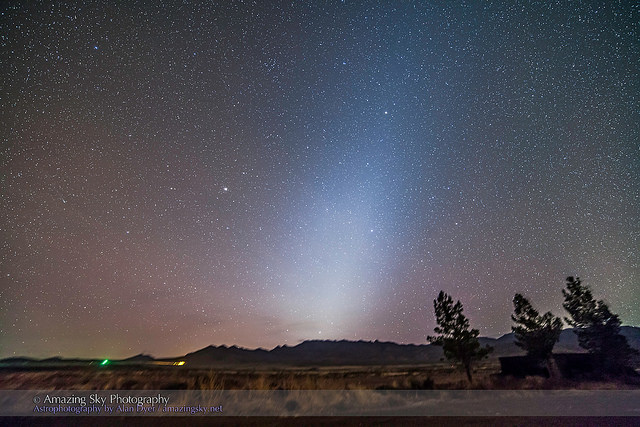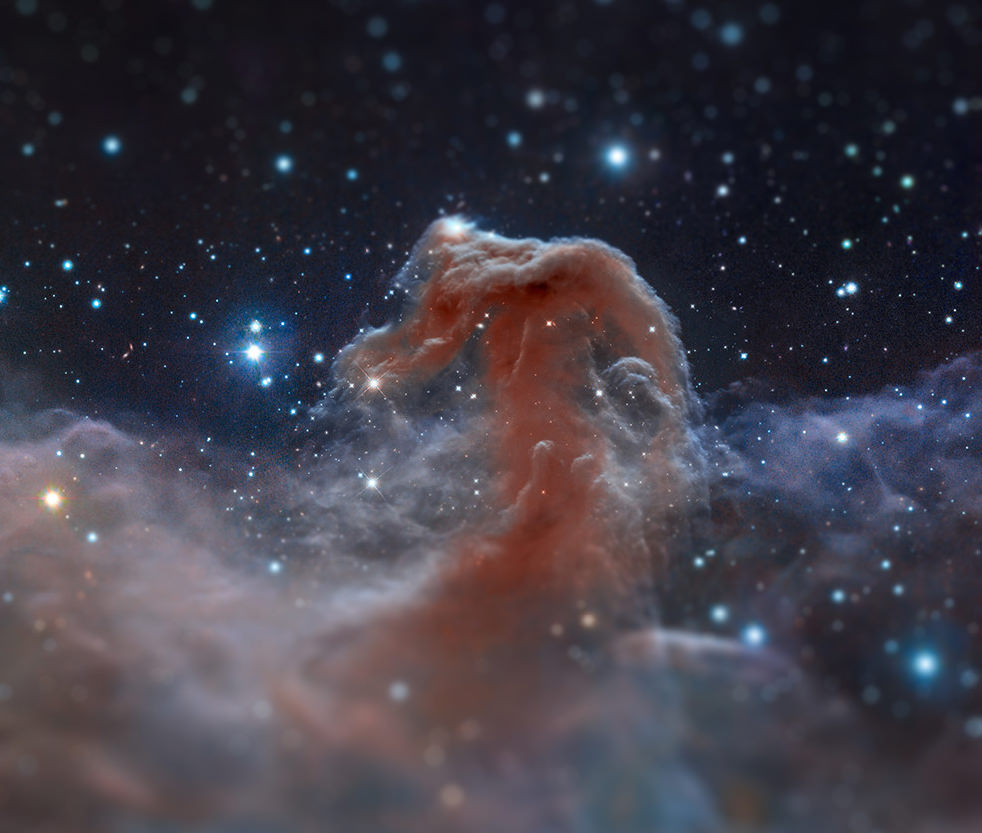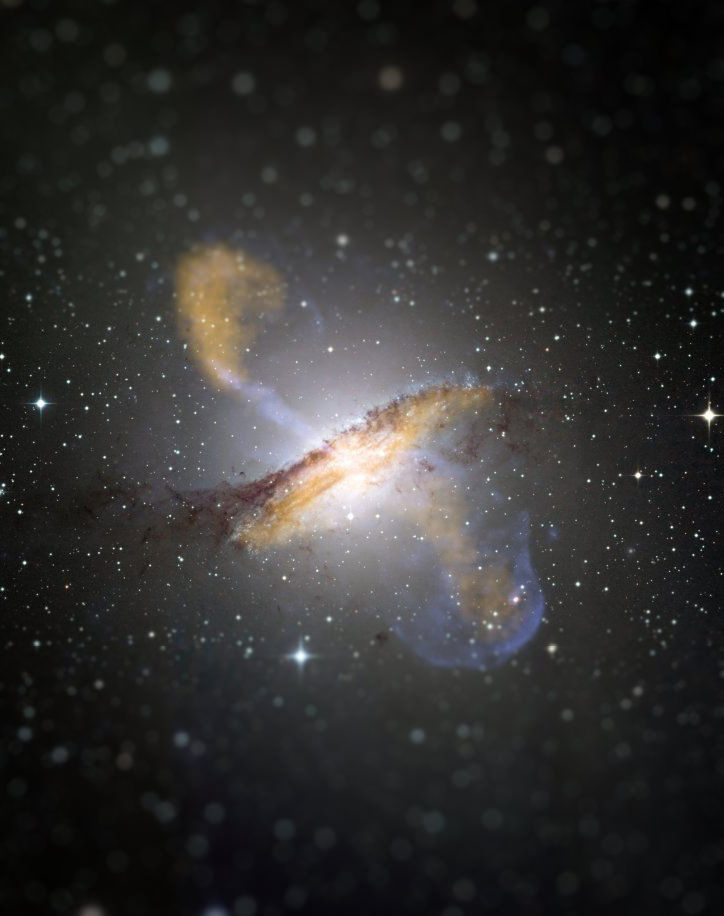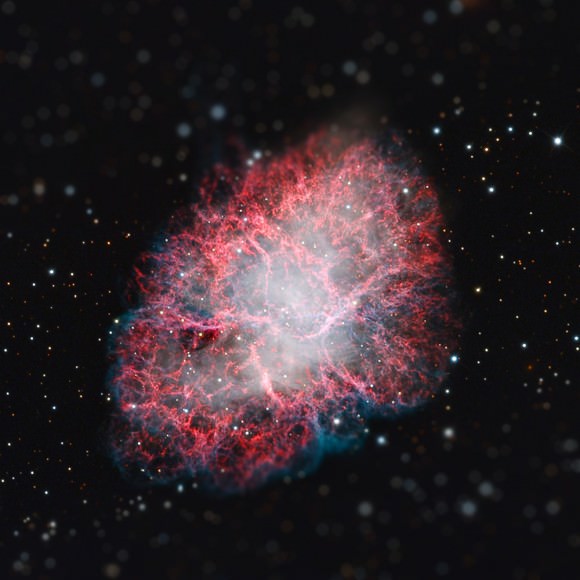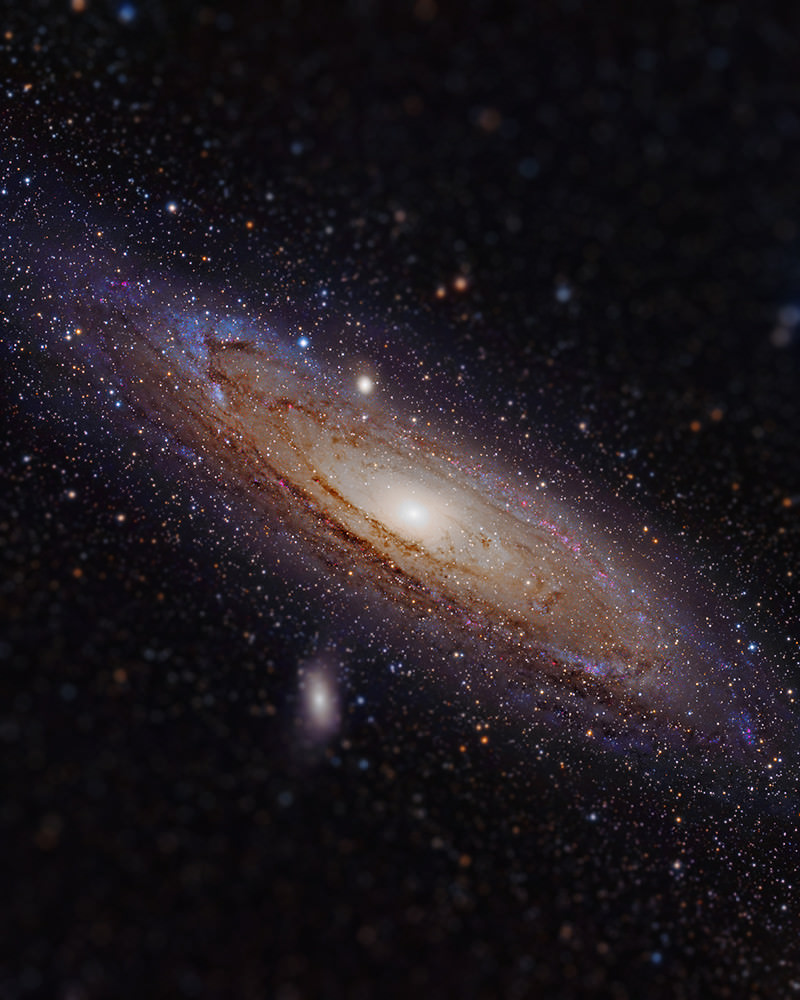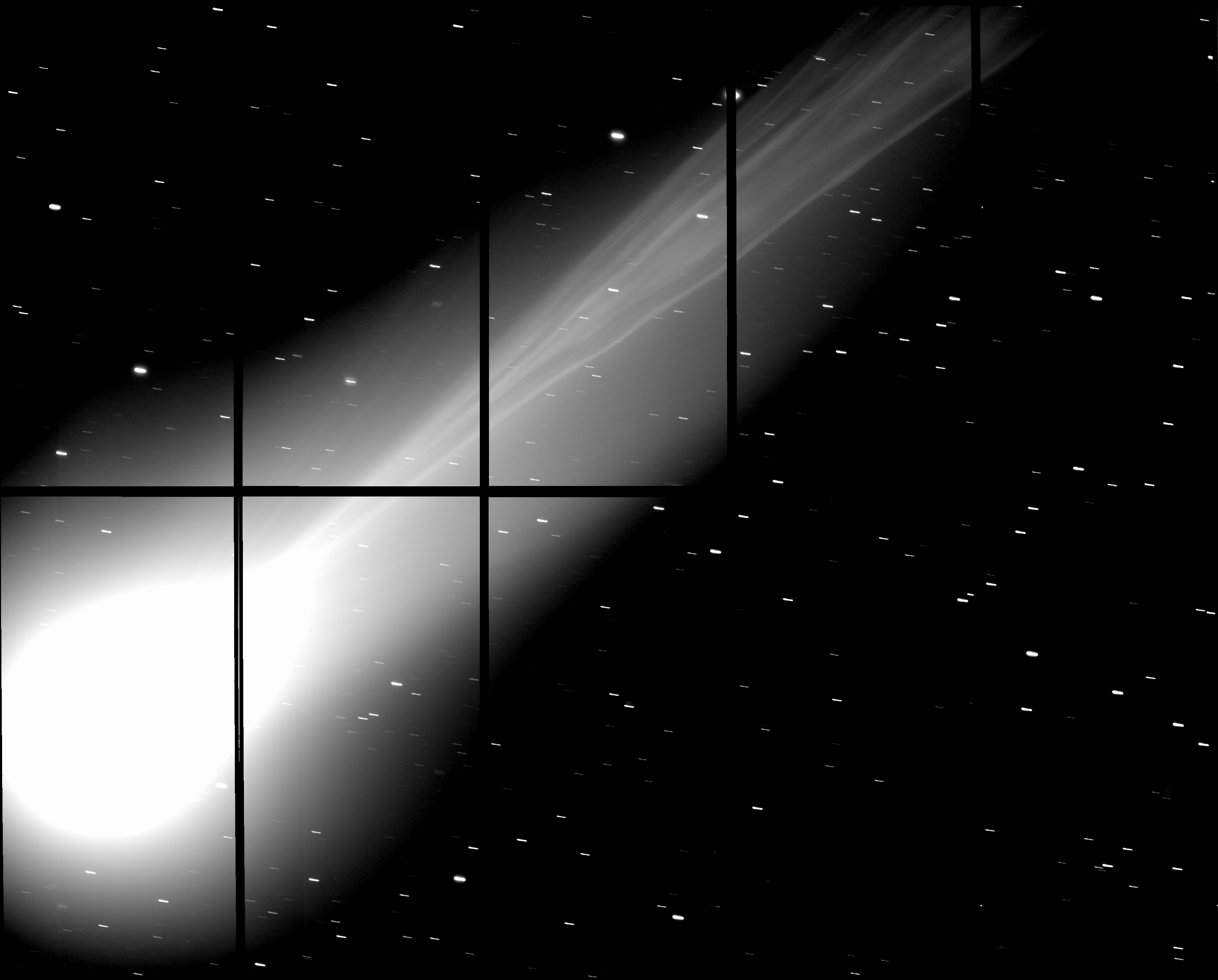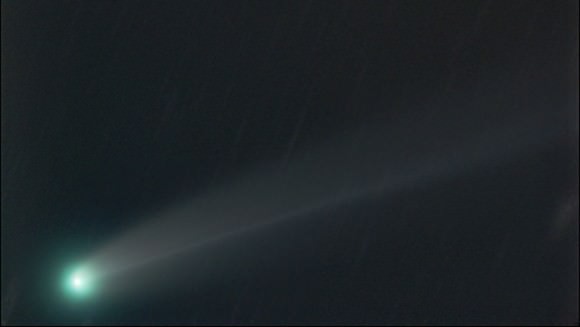2014 starts out with sunset view of a new Moon and a fading look at Venus, both captured together in this gorgeous image from astrophotographer Giuseppe Petricca.
“A wonderful sunset conjunction this evening from Central Italy,” Giuseppe wrote via email. “The Moon and Venus were both crescent, in an awesome sight! Some clouds entered the scene, and helped me filter the bright light of the ‘evening star’, revealing the little arch of the planet, from our point of view.” He added that this is “the youngest Moon I’ve ever captured, about 2% lit.”
Below is an image with an inset of Venus enlarged for a better view:
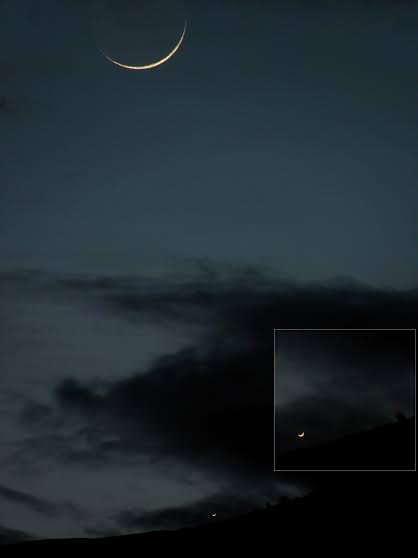
As our writer Bob King noted in his recent article, catch Venus now while you can, as it is slipping away: “As 2013 gives way to the new year, Venus winds up its evening presentation as it prepares to transition to the morning sky. Catch it while you can. Each passing night sees the planet dropping ever closer to the horizon as its apparent distance from the sun shrinks. On January 11 it will pass through inferior conjunction as it glides between Earth and Sun.”
Giuseppe’s images were taken with a simple non-reflex camera on a tripod, Nikon P90, ISO 100, f5.0, 1/2 exposure, which he says demonstrates “that with a little effort, you don’t need an expensive digicam to take this kind of shot.”
Beautiful!

